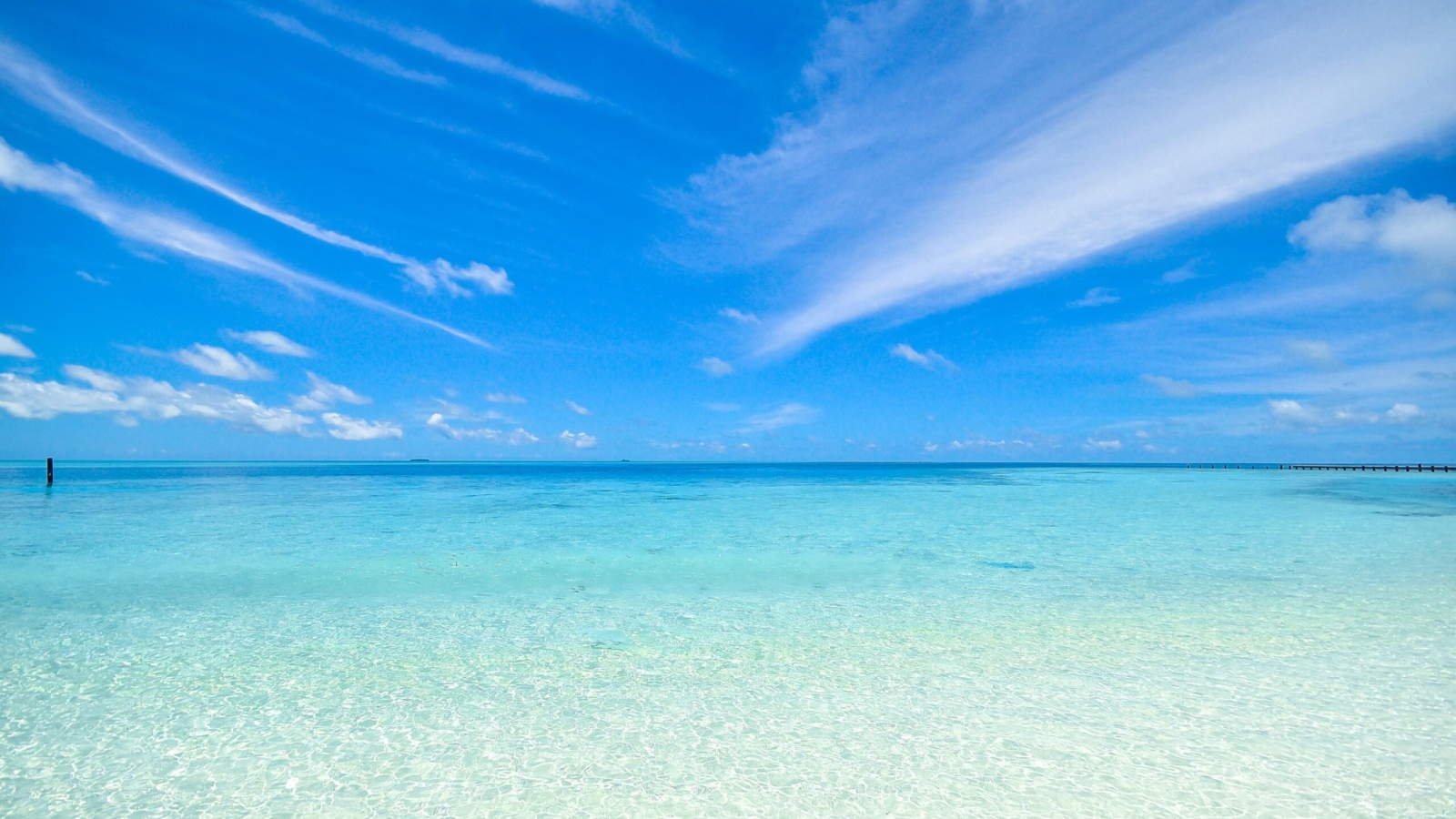From Wikipedia, the free encyclopedia
Greater Somalia (Somali: Soomaaliweyn, Arabic: الصومال الكبرى As-Sūmal al-Kubra) is an irredentist concept to unite all ethnic Somalis[1] comprising the regions in or near the Horn of Africa in which ethnic Somalis live and have historically inhabited. The territory historically encompassed British Jubaland Province (now Jubaland),[2] British Somaliland (now the internationally unrecognized de facto
state Somaliland), Italian Somaliland, parts of French Somaliland (now Djibouti), the Somali Region in Ethiopia, the Northern Frontier District in Kenya, and the intra-46th meridian east territories. At the present, it encompasses Somalia proper, Jubaland, southern and eastern Djibouti, the Somali Region, Harar, and Dire Dawa in Ethiopia, and the Garissa, Wajir and Mandera Counties in Kenya (all of which were part of the former North Eastern Province which was abolished in 2013). A few sources even included the islands of Socotra, Abd al Kuri, Samhah, Darsah, Sabuniyah and the Ka’l Fir’awn islands in Yemen‘s Socotra Archipelago.
Since the beginning of the 20th century the concept of Greater Somalia started to be developed with the birth of the nation of Somalia, as a united country inhabited by all the Somalis in their “Horn of Africa” areas. Pan-Somalism refers to the vision of reunifying these areas to form a single Somali nation. The
pursuit of this goal has led to conflict: Somalia engaged after World War II in the Ogaden War with Ethiopia over the Somali Region, and supported Somali insurgents against Kenya. In 1946 the Somali Youth League selected Harar as the future capital of Greater Somalia and subsequently sent delegates to the United Nations office in Mogadishu to reveal this proposal.[3]
Historically ethnic Somali inhabited territory roughly corresponding to Greater Somalia




Add a Comment